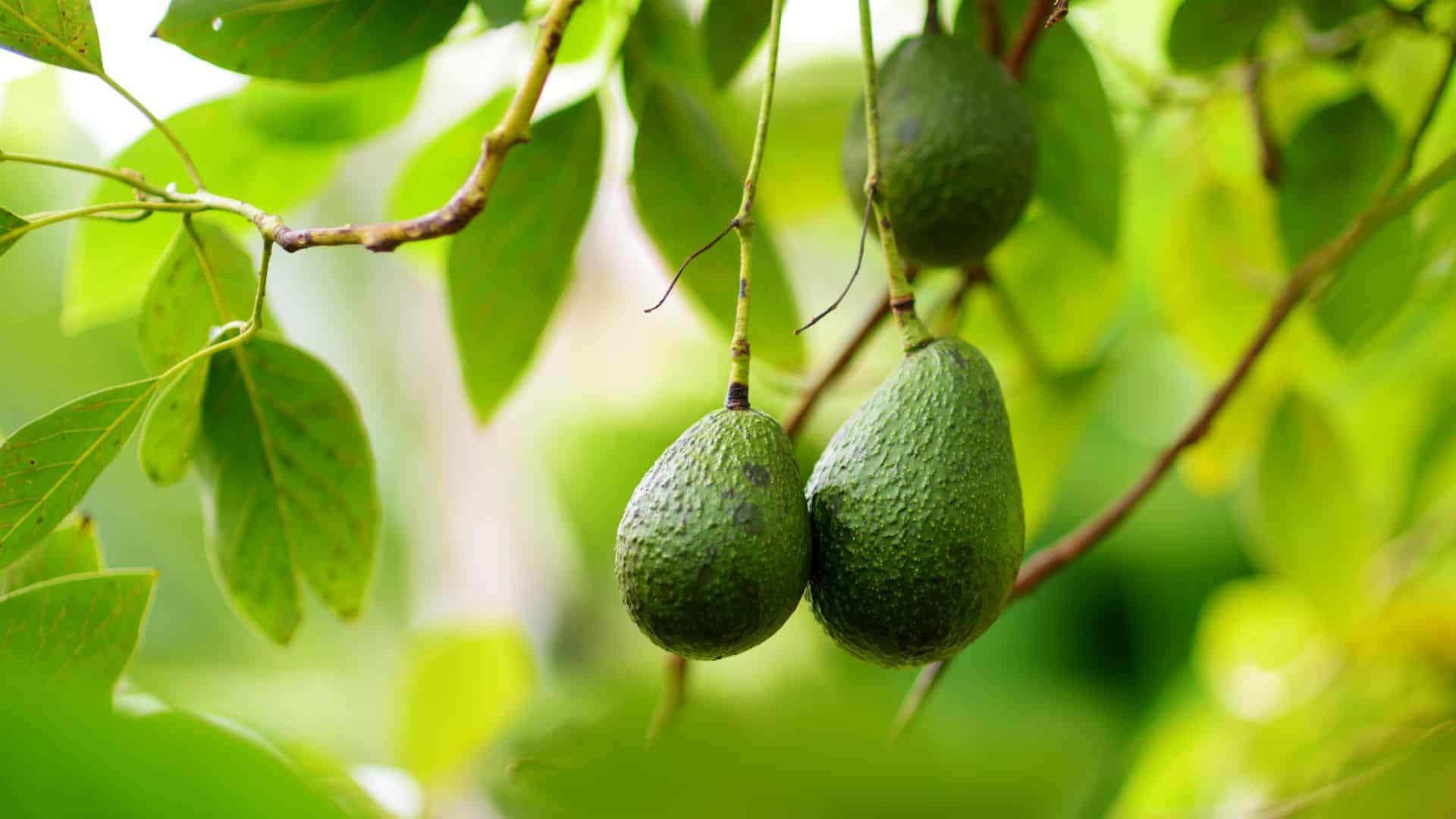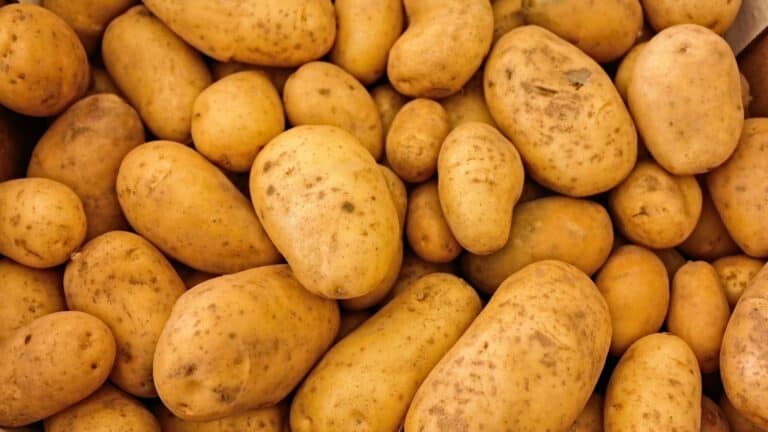Learn How to Choose The Perfect Avocado Every Time

We love avocados! We bet you do, too. So, let’s make sure we choose a good avocado every time we buy that pretty green fruit (yes, fruit!). Whether you’re making guacamole or adding slices to your salad, you deserve the best avocados every time. With a little help from Avocado 101, we will teach you all the avocado tips and tricks you need to know.
It happens to the best of us… we grab an avocado to spread on our Everything bagel, and the avocado is either bruised and beaten beyond repair or unripe and unspreadable. Becoming a pro at choosing the right avocado for your needs is crucial in avoiding this feat in the kitchen.
The color of an avocado is essential because it gives you insight into what’s on the inside. As the avocados ripen, they get darker, fading to brown and black as they spoil. A brighter green means it’s still hard on the inside, while a dark, rich shade of green suggests perfect ripeness. To pick the best one, gently press the avocado—it should yield slightly to pressure without feeling mushy, indicating that it’s just right for eating.

The presence of bruises and blemishes doesn’t always mean you shouldn’t choose that avocado. However, selecting one with unbroken skin and solid coloring is the safest bet for a more visually appealing plate and freshness. If you’re planning to use it right away, those small imperfections might not matter, but for the best texture and taste, it’s worth seeking out the most flawless fruit available.
The texture of an avocado provides valuable insight into the condition of the meat of the fruit inside. For a ripe, ready-to-eat avocado, the texture won’t be rock solid or too mushy or dry; it should be a balanced mixture of firm and stable with smooth outside skin.
A freshly ripe avocado should appear smooth, be a deep shade of green with a lot of life, and not be mushy to the touch. Remember that the ripeness of the avocado you choose is essential to the time frame in which you want to consume it. If you need it for later in the week, opting for a slightly firmer one will allow it to ripen perfectly by the time you’re ready to enjoy it.
A squeeze test is an easy and effective way to check the ripeness of an avocado at the store. Hold it and apply gentle pressure with your palm and fingers. A ripe avocado will have a slight slippage between the skin and meat, and an underripe avocado will feel stiff and tighter.
Performing the squeeze test (and assessing an avocado before buying it) is a delicate process that requires careful consideration. If you handle it with too much force, you risk bruising it. This can also compromise its integrity before you get it home to eat.

Checking the stem of an avocado is a quick and easy way to assess its ripeness. Look at the bottom of the avocado and gently pull at the remainder of the stem. If it comes off with ease, it’s ripe and ready. If the stem cap is difficult to pull off, it’s overripe.
If you’ve picked an avocado that’s still a bit too firm, you can speed up the ripening process by placing it in a paper bag along with a banana or apple. These fruits release ethylene gas, which helps the avocado ripen more quickly. Keep the bag at room temperature, and check the avocado daily—it should soften in a couple of days.
Optimum storage is key to maintaining the freshness and flavor of your avocados once they’ve reached the perfect ripeness. If your avocado is ripe but you’re not ready to use it immediately, storing it in the refrigerator is the best way to slow down the ripening process and keep it fresh for up to a week.
For cut avocados, leaving the pit in and covering the exposed flesh with plastic wrap or placing it in an airtight container can help prevent browning.
This article was inspired by the “How To” collection from Avocado101.






